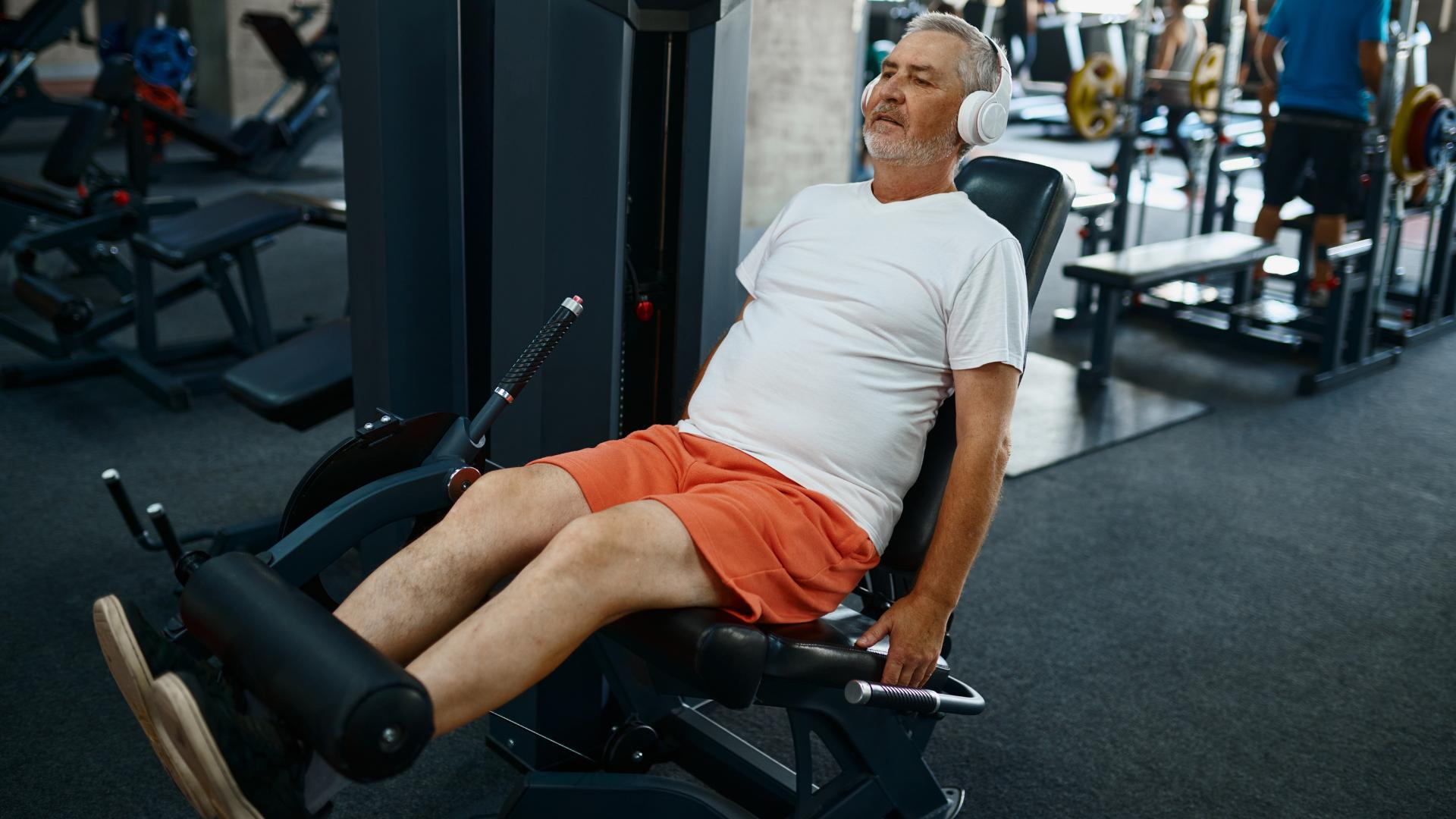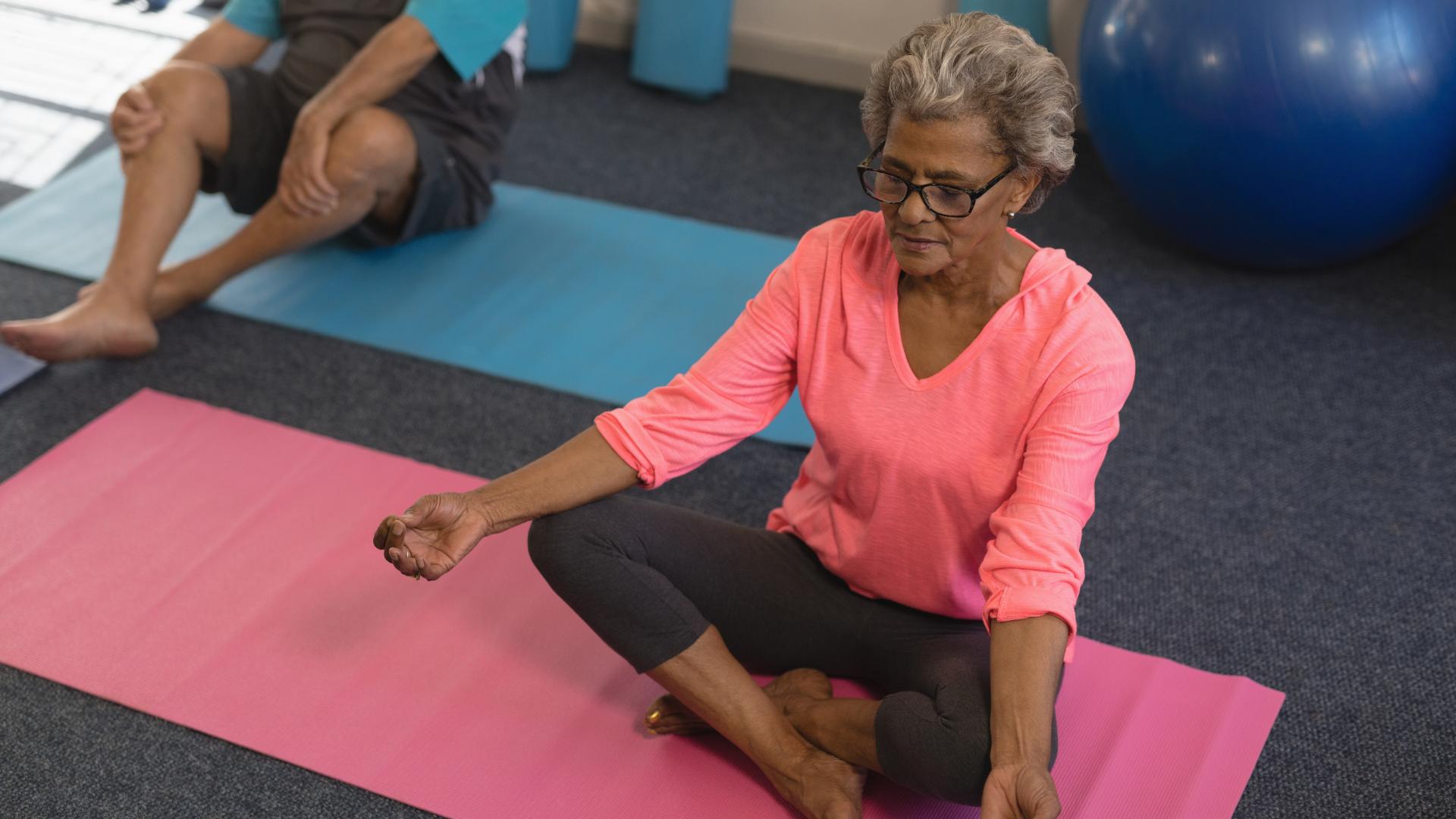What Is the Sartorius Muscle?

The sartorius is the longest muscle in the human body, running diagonally across the front of your thigh. It plays a key role in hip flexion, knee stabilization, and coordinated leg movement. When tight, weak, or strained, the sartorius can contribute to pain in the hip, thigh, or knee.
In this article, we’ll explore the best exercises to strengthen, stretch, and relieve pain in the sartorius muscle, along with practical tips for improving function and avoiding injury without surgery.
Understanding the Sartorius Muscle
Where Is the Sartorius Located?
The sartorius muscle is the longest muscle in the human body. It runs from the anterior superior iliac spine (the front of the hip) diagonally across the thigh to the medial side of the tibia (the inner part of the lower leg).
This unique positioning allows it to influence multiple joints, including the hip and knee. Interestingly, the sartorius is often referred to as the “tailor’s muscle” because it allows the sitting position traditionally used by tailors, where one leg is crossed over the other.

Key Roles in Hip, Knee, and Thigh Movement
The sartorius muscle plays several important roles in movement. It helps with:
- Hip flexion: Raising the thigh towards the body.
- Knee flexion: Bending the knee.
- External rotation: Rotating the thigh outward.
These functions help with activities like walking, running, and sitting cross-legged. A well-functioning sartorius muscle contributes to overall mobility and agility. Its involvement in complex movements, such as kicking a ball or climbing stairs, highlights its importance in athletic performance. The sartorius also aids in stabilizing the pelvis during various movements, ensuring that the body remains balanced and coordinated.
Why the Sartorius Matters for Joint Stability
Joint stability is vital in preventing injuries, and the sartorius muscle contributes significantly to this stability. Supporting the hip and knee joints, it helps maintain proper alignment and movement patterns.
A strong and flexible sartorius can help reduce the risk of strains and other injuries during physical activities. Additionally, the sartorius muscle works in conjunction with other muscles in the hip flexor group, such as the iliopsoas, to provide a synergistic effect that enhances overall lower body strength and stability. These muscles work together to allow for more powerful and controlled movements, ultimately improving performance in sports requiring quick direction or speed changes.
Common Causes of Sartorius Muscle Pain
Overuse, Strain, and Athletic Movements
One of the most common causes of sartorius muscle pain is overuse. Athletes, especially those involved in sports that require repetitive leg movements, may experience strain. Common activities that can lead to strain include:
- Running
- Jumping
- Squatting
These activities can lead to micro-tears in the muscle fibers, resulting in pain and discomfort. Because the sartorius muscle is the longest muscle in the human body, it plays an essential role in various movements such as hip flexion, abduction, and external rotation.
When athletes push their limits, especially in high-intensity sports like soccer or basketball, the increased demand on this muscle can lead to fatigue and subsequent injury. Proper warm-up routines and strength training can help mitigate these risks by enhancing muscle resilience and flexibility.
Postural Imbalances and Poor Mechanics
Poor posture and movement mechanics can also contribute to sartorius muscle pain. For instance, sitting for long periods with improper alignment can create tension in the muscles. This tension can lead to discomfort and limit mobility.
Activities that involve twisting or awkward movements can also exacerbate these issues. For example, individuals who frequently cross their legs or sit in a slouched position may find that their sartorius muscle becomes tight and overworked. Incorporating regular stretching and ergonomic adjustments in daily routines can be beneficial in alleviating these postural strains and promoting better muscle health.
How Arthritis and Joint Pain Can Affect the Sartorius
Arthritis and other joint conditions can have a significant impact on the sartorius muscle. Inflammation in the hip or knee joints can lead to referred pain in the sartorius. This pain may be due to compensatory movements that place additional stress on the muscle. Managing joint health is essential for maintaining the function of the sartorius and preventing pain.
Conditions like osteoarthritis can lead to stiffness and decreased range of motion, further complicating movement patterns and increasing the risk of sartorius strain. Engaging in low-impact exercises, such as swimming or cycling, can help maintain joint mobility while reducing the strain on the sartorius muscle, allowing for a more balanced and pain-free lifestyle.
Recognizing Sartorius Muscle Issues
Symptoms of Sartorius Strain or Dysfunction
Early intervention is invaluable in preventing sartorius muscle strain. Learn to identify these common symptoms:
- Pain in the front of the hip or inner thigh
- Swelling or tenderness in the area
- Difficulty with activities like climbing stairs or squatting
If these symptoms persist, it may indicate a more serious issue that requires attention.
How Sartorius Pain Differs from Other Thigh Conditions
Understanding how sartorius pain differs from other thigh conditions will help ensure an accurate diagnosis. Unlike quadriceps or hamstring injuries, sartorius pain is often felt more toward the inner thigh and hip area. Additionally, the pain may worsen with specific movements, such as crossing the legs or bending at the hip.
Diagnosing Sartorius-Related Pain
Physical Examination and Clinical Tests
A thorough physical examination is the first step in diagnosing sartorius-related pain. Healthcare providers often perform specific tests to assess muscle strength, flexibility, and range of motion. They may also check for tenderness in the sartorius area to confirm the diagnosis.
Imaging and Ruling Out Other Conditions
In some cases, imaging tests such as X-rays or MRIs may be necessary to rule out other conditions. These tests can help identify any underlying issues, such as tears or inflammation, that may be contributing to the pain. Accurate diagnosis is key for developing an effective treatment plan.
Non-Surgical Treatment Options for Sartorius Pain
Physical Therapy and Guided Rehab
Physical therapy is often the first line of treatment for sartorius pain. A physical therapist can design a personalized rehabilitation program that focuses on:
- Strengthening the sartorius and surrounding muscles
- Improving flexibility and range of motion
- Correcting postural imbalances
Regular sessions can lead to significant improvements in pain and function.
Platelet-Rich Plasma (PRP) and Regenerative Therapies
For individuals with chronic sartorius pain, regenerative therapies such as Platelet-Rich Plasma (PRP) injections may be beneficial. PRP therapy involves drawing a small amount of blood, processing it to concentrate the platelets, and injecting it into the affected area. This can promote healing and reduce inflammation.
TENS Therapy for Muscle Pain Management
Transcutaneous Electrical Nerve Stimulation (TENS) therapy is another non-surgical option for managing sartorius pain. This method uses low-voltage electrical currents to relieve pain. TENS can help reduce muscle tension and promote relaxation, making it a useful tool for pain management.
You can get a simple, affordable, use-at-home TENS unit on Amazon.
Sartorius Muscle Exercises and Stretches
Strengthening Exercises (Lateral Step-Ups, Band Walks)
Strengthening the sartorius muscle is essential for maintaining its function and preventing injury. Two effective exercises include:
- Lateral Step-Ups: Stand beside a step or platform. Step up with one leg, bringing the other leg up to meet it. Step back down and repeat.
- Band Walks: Place a resistance band around your thighs. With feet shoulder-width apart, take small steps to the side, keeping tension in the band.
These exercises can be performed several times a week for optimal results.
Flexibility and Mobility Movements (Tree Pose, Butterfly Stretch)
Incorporating flexibility and mobility movements can enhance the function of the sartorius muscle. Consider these two stretches:
- Tree Pose: Stand on one leg and place the foot of the opposite leg on the inner thigh or calf. Hold for 30 seconds, focusing on balance.
- Butterfly Stretch: Sit on the floor, bringing the soles of your feet together. Gently press your knees towards the ground to stretch the inner thighs.
These movements can help improve flexibility and reduce tension in the sartorius.
Targeted Stretching Techniques (Hip Flexor, Foam Rolling)
Targeted stretching techniques are essential for maintaining the health of the sartorius muscle. Effective methods include:
- Hip Flexor Stretch: Kneel on one knee with the other foot in front. Push your hips forward to stretch the hip flexor and sartorius.
- Foam Rolling: Use a foam roller on the inner thigh and hip area to release tension and improve blood flow.
Incorporating these techniques into a regular routine can enhance recovery and performance.
Preventing Sartorius Dysfunction
Daily Habits That Support Sartorius Health
Maintaining the health of the sartorius muscle involves adopting daily habits that promote overall muscle function. Some key habits include:
- Staying active and engaging in regular physical activity.
- Taking breaks from prolonged sitting to stretch and move.
- Incorporating a balanced diet rich in nutrients that support muscle health.
By making these habits part of daily life, individuals can help prevent sartorius dysfunction.
If you’re seeking relief from knee pain and want to improve your sartorius muscle health without surgery, Arthritis Knee Pain Centers can help. With over 50,000+ patients treated, our advanced knee pain relief treatment utilizes FDA-approved viscosupplementation gel injections, guided by digital imaging, to increase mobility, reduce pain, delay surgery, and decrease the need for pain medications.
Don’t let pain hold you back any longer. Schedule your no-charge screening today and take the first step towards a more active and comfortable life.
We may receive a small affiliate commission if you click on a product and buy it, such as those from Amazon.
